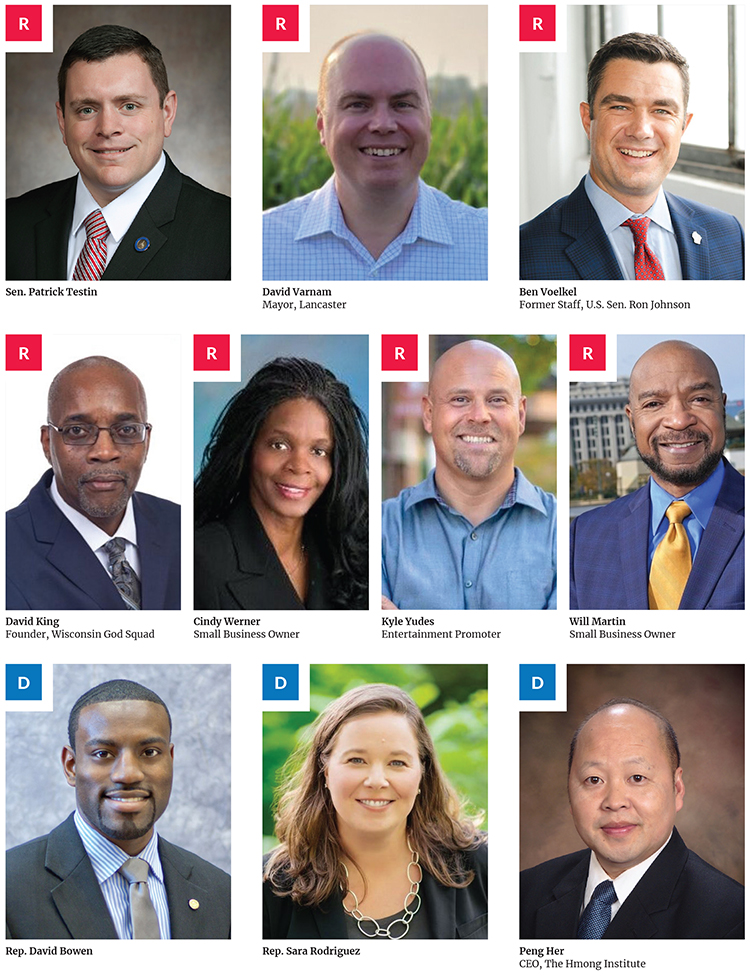In previous issues of Wisconsin Real Estate Magazine, we previewed statewide elections for governor, U.S. Senate and attorney general on the ballot in the 2022 midterms in Wisconsin. Now it’s time to look at the one additional statewide election on the ballot in 2022: the open seat contest for lieutenant governor of Wisconsin.
Elections for lieutenant governor do not generate the kind of attention that higher-profile elections for governor or U.S. Senate receive, but lieutenant governor candidates work just a hard as other candidates for statewide office. They travel the state from the top to bottom, spend lots of time shaking hands, meeting new voters and raising money heading into the August primary election.
There are two reasons this office is not as high-profile as the others. First, by law, lieutenant governors are elected on a shared ticket with the gubernatorial candidate in the general election. Once voters select a Democrat and Republican nominee in the August primary election, the winners are paired with their gubernatorial nominees, and they run as a team. Second, the lieutenant governor becomes acting governor upon the absence, illness or inability of the elected governor to perform his or her duties. Other than this role, the duties of the lieutenant governor are largely defined by the governor.
Even with the limited role of a lieutenant governor, there is typically no shortage of candidates interested in the office for one significant reason: it provides the occupant with a statewide platform to run for governor in the future. The lieutenant governor can spend his or her time traveling the state, meeting voters and getting his or her name out there for future statewide elections. However, history shows that most lieutenant governors fall short of reaching the top spot.
Track record
A political analysis by Dr. Eric Ostermeier, a research fellow at the Hubert H. Humphrey School of Public Affairs at the University of Minnesota, shows the track record of current or former lieutenant governors reaching the state’s top office is a rare occurrence over the last 170-plus years since Wisconsin became a state. Ostermeier’s historical research found:
Only three sitting or former Wisconsin lieutenant governors became governor through direct election:
- 1863: Republican James Lewis, who previously served as a Democratic lieutenant governor.
- 1964: Republican Warren Knowles, who defeated Gov. John Reynolds.
- 1970: Democrat Pat Lucey, on his second attempt in an open-seat race.
Three incumbents who became governor through succession also won another term through election:
- 1906 and 1908: Republican James Davidson, who followed Robert LaFollette.
- 1946: Republican Walter Goodland, following the death of Orland Loomis.
- 1948: Republican Oscar Rennebohm, following the death of Walter Goodland.
As it stands now, 10 candidates are currently running for lieutenant governor: seven Republicans and three Democrats. One of these candidates will eventually become the next lieutenant governor and possibly run for the governor in the future. History says their odds for success are not so good.
Joe Murray is Director of Political and Governmental Affairs for the WRA.
